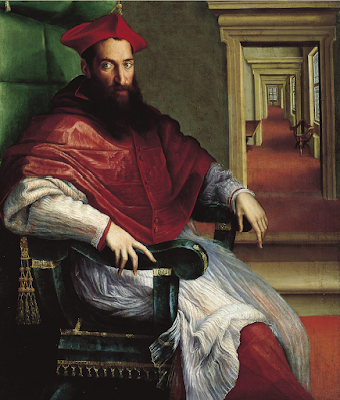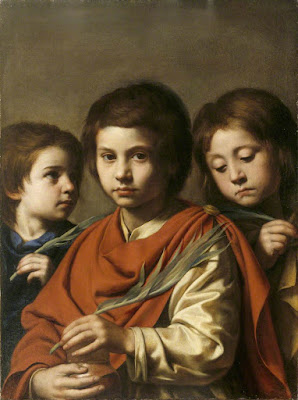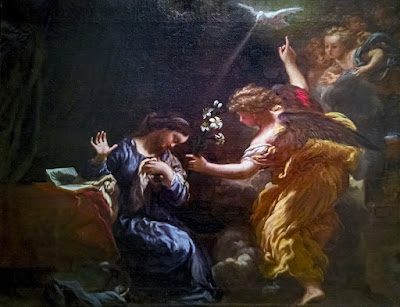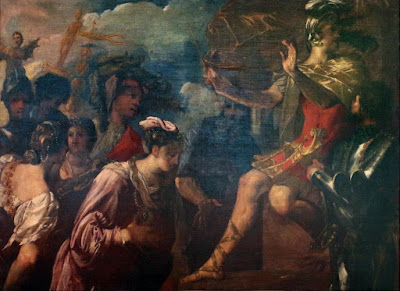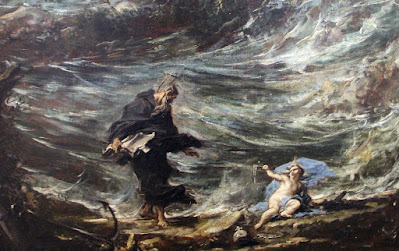 |
| Taddeo Zuccaro and Prospero Fontana Classical Scenes ca. 1552-53 ceiling frescoes with stucco work by Federico Brandini Villa Giulia, Rome |
 |
| Taddeo Zuccaro and Prospero Fontana Diana and her Nymphs ca. 1552-53 ceiling fresco with stucco work by Federico Brandini Villa Giulia, Rome |
 |
| Taddeo Zuccaro and Prospero Fontana Pastoral Scene with Women ca. 1552-53 ceiling fresco with stucco work by Federico Brandini Villa Giulia, Rome |
 |
| Taddeo Zuccaro and Prospero Fontana Dance of Diana and Nymphs ca. 1552-53 ceiling fresco with stucco work by Federico Brandini Villa Giulia, Rome |
 |
| Taddeo Zuccaro and Prospero Fontana Classical Scenes ca. 1552-53 ceiling frescoes with stucco work by Federico Brandini Villa Giulia, Rome |
 |
| Taddeo Zuccaro and Prospero Fontana Banqueting Gods ca. 1552-53 ceiling fresco with stucco work by Federico Brandini Villa Giulia, Rome |
 |
| Taddeo Zuccaro and Prospero Fontana Diana Bathing with Nymphs ca. 1552-53 ceiling fresco with stucco work by Federico Brandini Villa Giulia, Rome |
 |
| Taddeo Zuccaro and Prospero Fontana Bacchanal ca. 1552-53 ceiling fresco with stucco work by Federico Brandini Villa Giulia, Rome |
 |
| Taddeo Zuccaro and Prospero Fontana The Seven Hills of Rome - Caelian Hill with the Colosseum ca. 1552-53 fresco Villa Giulia, Rome |
 |
| Taddeo Zuccaro and Prospero Fontana The Seven Hills of Rome - Capitoline Hill ca. 1552-53 fresco Villa Giulia, Rome |
 |
| Taddeo Zuccaro and Prospero Fontana The Four Seasons - Spring ca. 1552-53 fresco Villa Giulia, Rome |
 |
| Taddeo Zuccaro and Prospero Fontana The Four Seasons - Autumn ca. 1552-53 fresco Villa Giulia, Rome |
 |
| Taddeo Zuccaro and Prospero Fontana Triumph of Galatea ca. 1552-53 fresco Villa Giulia, Rome |
 |
| Taddeo Zuccaro and Prospero Fontana Personification of Music ca. 1552-53 oil on plaster Villa Giulia, Rome |
 |
| Taddeo Zuccaro and Prospero Fontana Personification of Peace ca. 1552-53 oil on plaster Villa Giulia, Rome |
"When Giovanni Ciocchi del Monte, better known as Pope Julius III, had Villa Giulia built at the beginning of his papacy in 1550, the area just outside the walls of the city was still countryside, covered in vineyards and farms. The del Monte estate stretched from the Aurelian walls to the Milvian Bridge. It covered the entire area close to the Tiber and inside Via Flaminia, which crossed it, along the hills in front of Villa Borghese and the Monti Parioli. In fact what today is called Villa Giulia, a building set amid courtyards, nymphaeums, and gardens, is only one of the three that made up the original complex. . . . Pope Julius had [this palazzo] built to his own design. He had Michelangelo look over the drawing and improve it, and subsequently had Vasari, Vignola, and Ammannati enlarge it and supervise its construction between 1551 and 1555. . . . This masterpiece has gradually been despoiled over the centuries and has lost much of its decoration, including the gilded stuccoes and the sculptures that embellished the exterior and interior. Prospero Fontana's and Taddeo Zuccaro's splendid frescoes that have survived in the rooms next to the entrance hall and in the main hall on the first floor give us an idea of the splendor that has been lost."
– Carlo Cresti and Claudio Rendina, Palazzi of Rome, translated by Janet Angelini (Potsdam: H.F. Ullmann, 2005)














